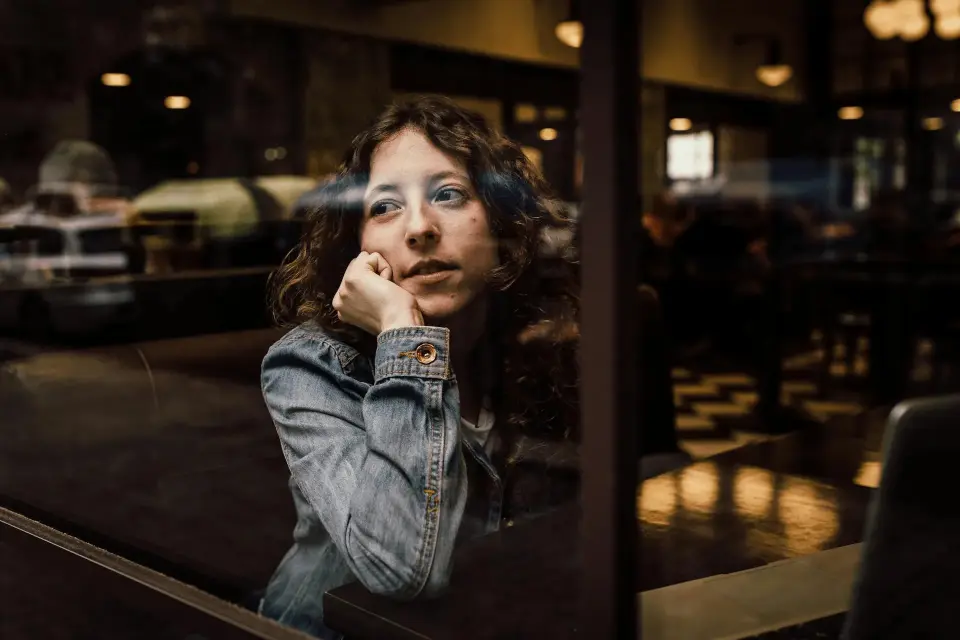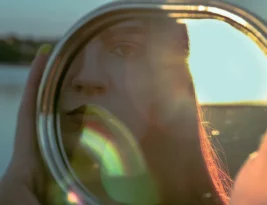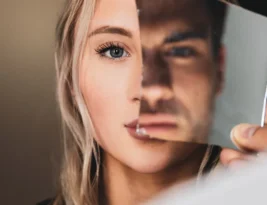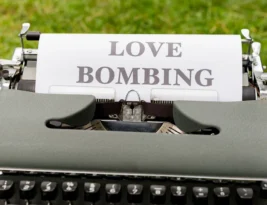Learn how to identify narcissistic traits in your brother with this step-by-step quiz. Protect your emotional well-being today. …
Blog Posts
Identify narcissistic eyes with 7 key signs, including intense stares, emotional voids, and manipulative gaze patterns. Learn how these traits reveal behavior. …
Understand covert narcissist post-breakup behaviors like silent treatment, smear campaigns, and hoovering. Learn why they act this way and how to protect yourself. …
Unmask female narcissists over 50 with these essential recognition strategies. Aging narcissists use distinctive manipulation tactics—learn to protect your boundaries today. …
Discover 7 facial tells that expose narcissists—contempt smirks, predatory stares, and micro-expressions revealing hidden arrogance. …
Understand high-functioning narcissists, their traits, and behaviors. Learn how to identify them and protect your emotional well-being in relationships and work. …
Understand the traits of a neglectful narcissist, their impact on relationships, and how to set boundaries. …
Do Narcissists’ Black Eyes Reveal a Disturbing Secret? …
The Science Behind Crafting the Perfect Yellow Rock Reply (It's Easier Than You Think!) …
Identifying Subtle Manipulations and Impact of Covert Narcissistic Sister on Family Dynamics …
Find what happens when you cut off narcissistic supply, expect anger, manipulation, and emotional shifts as the narcissist loses control and seeks new sources of validation. …
Do narcissists know they are narcissists? Self-awareness varies; some recognize their traits, while others deny or minimize their narcissistic behaviors. …
Do narcissists know what they are doing? Many recognize their actions but often lack deep self-awareness or empathy for their impact on others. …
Why Are Narcissists So Mean To Their Family? Narcissists prioritize control, lack empathy, and use manipulation, causing pain within families. …
Is Madonna a narcissist or simply confident? This analysis examines her public persona, expert opinions, and psychological traits to answer the question. …
How To Make A Narcissist Want You: Use confidence, genuine praise, and mystery to attract a narcissist fast while keeping your independence and boundaries. …













